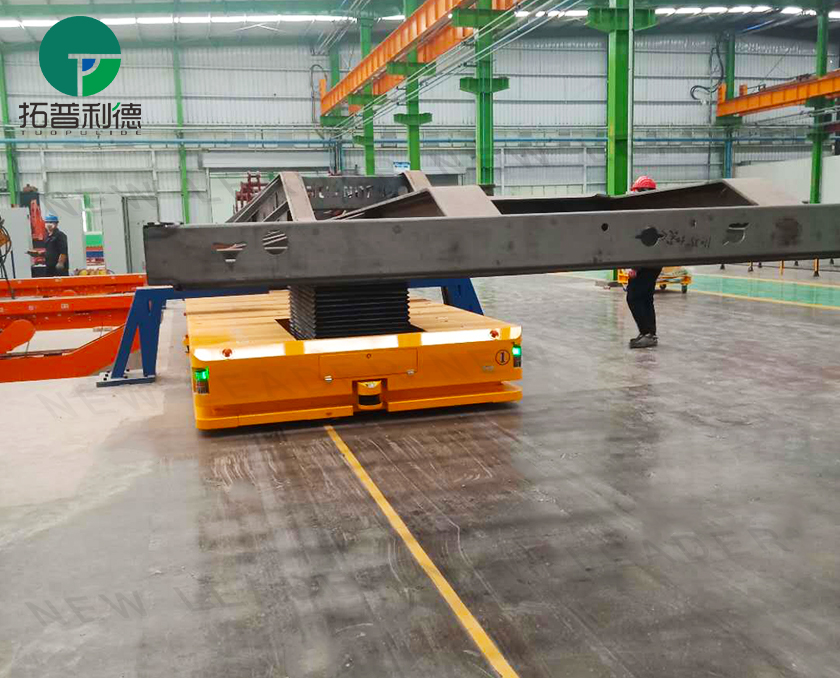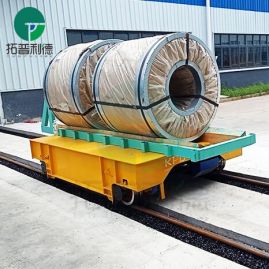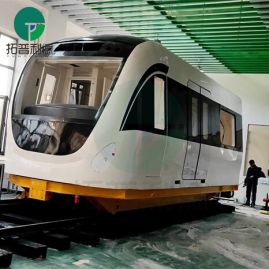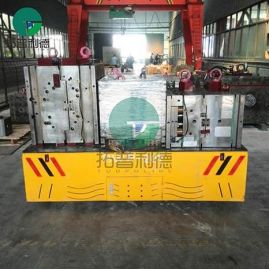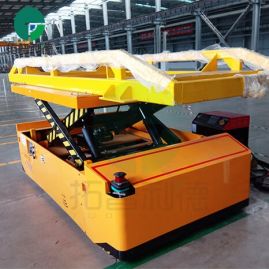Highlights of The Three Functions Of Laser Navigation AGV
The navigation function of the AGV is mainly realized through magnetic strips, magnetic nails, ribbons, two-dimensional codes, lasers, etc. Among them, the magnetic strips, magnetic nails, ribbons, and two-dimensional code navigation all use fixed-path navigation, which is highly dependent on the environment and has poor flexibility, while laser navigation can execute more complex and intelligent instructions.New Leader laser navigation AGV, based on synchronous positioning and map construction technology, can work stably in complex working environments to meet the needs of leaner and more flexible material transportation.
1.Stronger obstacle avoidance ability
Compared with other types of AGVs, the core advantage of New Leader's laser navigation AGV is its stronger obstacle avoidance ability.The laser navigation AGV senses the surrounding environment in real time through LIDAR. When the LIDAR determines that there are moving people or objects around, the laser navigation AGV will automatically stop moving forward and wait for the surrounding people and objects to leave before driving to the standby area; when the LIDAR determines that there are immovable people or objects around, the laser navigation AGV will bypass obstacles and automatically find other driving paths.
2.Independent pick and place materials
Another core advantage of New Leader laser navigation AGV handling trolley is the ability to independently pick and place materials.For industries with high requirements for the degree of intelligence of logistics and transportation, or scenarios where there are safety risks in manual picking and discharging, fully intelligent laser navigation AGV is customized, and material grasping and discharging manipulators are configured to meet the needs of automatic loading and unloading, improve the efficiency of material transportation, and ensure safe production.
3.System solution
A control system is embedded in the laser navigation AGV to monitor, analyze and control the status of material transportation and related data in real time, and the material transportation and reception conditions are recorded in detail, which solves the problems of chaotic material transportation and difficult traceability of the causes of transportation errors to a large extent, and is more suitable for complex application scenarios such as multi-demand, cross-floor, and multi-material transportation to multiple lines.
